Sailing

Dive deep into the world of sailboats, from choosing the right vessel for your prepper needs to maintenance and navigation. Explore the skills required to make your boat a reliable, self-sufficient platform.
Having lived in Toronto, and then on a farm in Northern Ontario, my move to a catamaran sailboat on the ocean 8 years ago was a big change, but a welcome one. Eight years of living on the oceans has taught me a lot, and re-affirmed my belief that a sailing catamaran is the ultimate in survival shelters.
The following articles are all about sailing, sailboats, living on or bugging out on sailboats.
-
Learn about the 10 essential items that you need to pack on your bug-out sailboat to be prepared for any emergency. From navigation tools to survival gear, this guide will help you prioritize what to bring on board.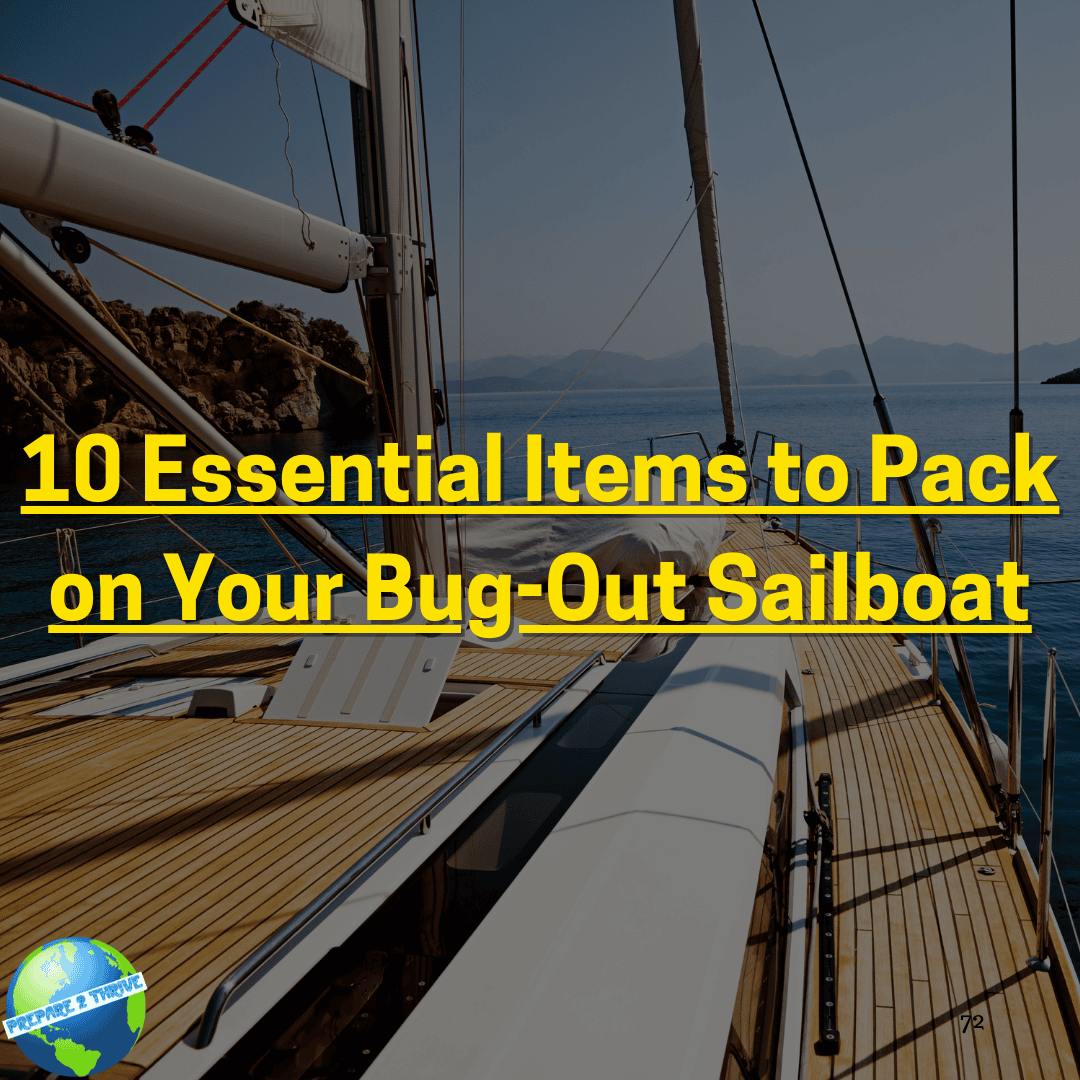
-
A detailed 100-point sailboat checklist to prep your rig, gear, and crew before passage. Boost safety and avoid costly surprises offshore.
-
Experience the ultimate feeling of freedom as 47-year-old Brian Trautman shares his inspiring story of leaving a high-stress job to live on a sailboat and travel the world with his family. Discover the challenges and rewards of living on a sailboat and why Trautman says it's worth every penny of the $1,900/month he pays to live on his $398,000 yacht. -
A comprehensive first aid kit is crucial for any extended voyage at sea, especially for bug-out sailboats. This article provides essential medical supplies and equipment to pack in your kit to respond to a range of injuries and illnesses, including cuts, burns, fractures, and more serious medical emergencies.![A First Aid Kit for Your Bug-Out Sailboat [Superseded]](/images/2025/01/21/P2T-081.png)
-
Whether you’re a novice sailor or a prepper interested in acquiring boats, it is important to understand the basics of nautical terminology and concepts. This guide covers the most important terms and concepts you need to know to get started.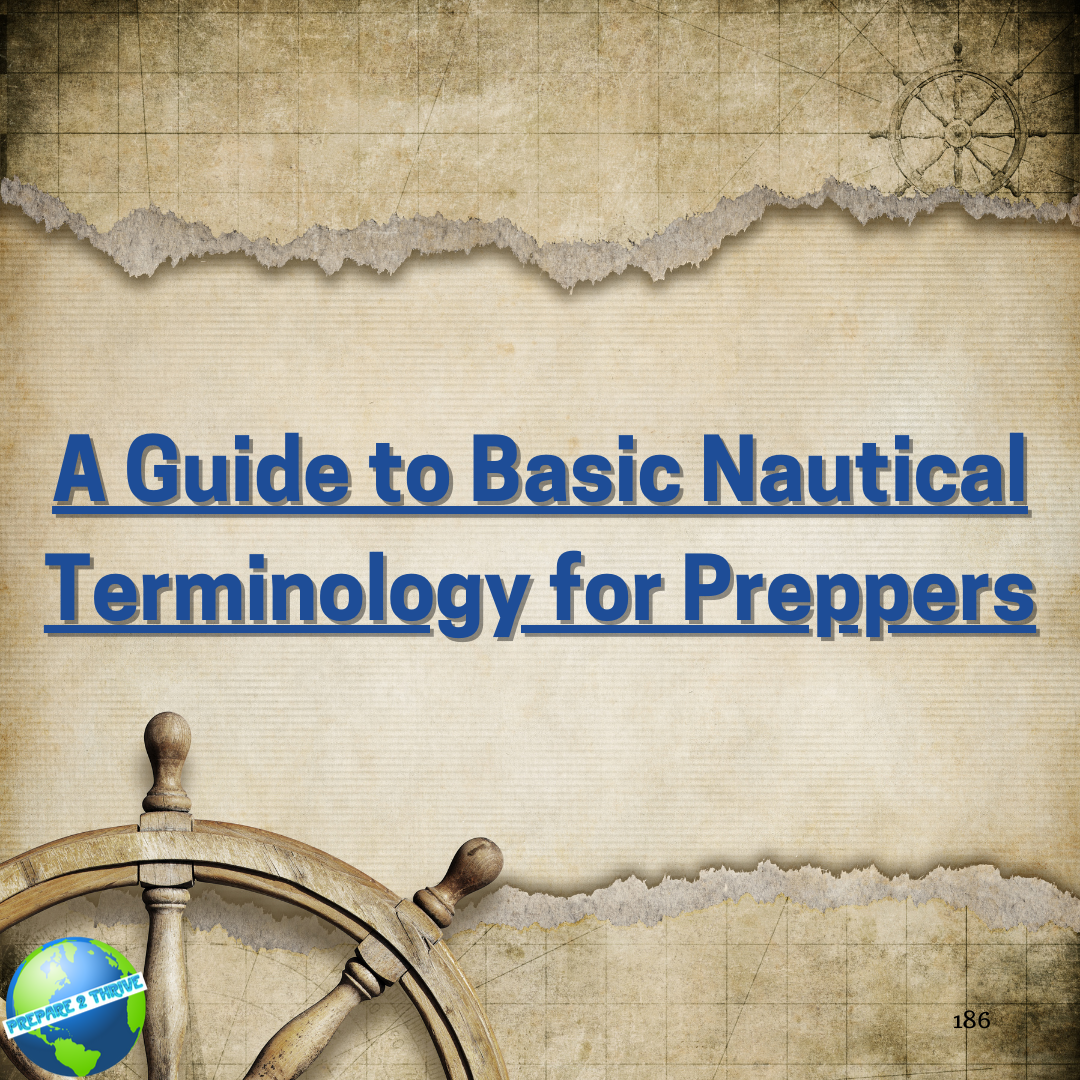
-
Learn how to equip your sailboat with an onboard AI system to boost navigation, security, and survival in a post-apocalyptic world. Discover the benefits, risks, and step-by-step instructions to build your own rugged, offline-capable AI for liveaboard resilience.
-
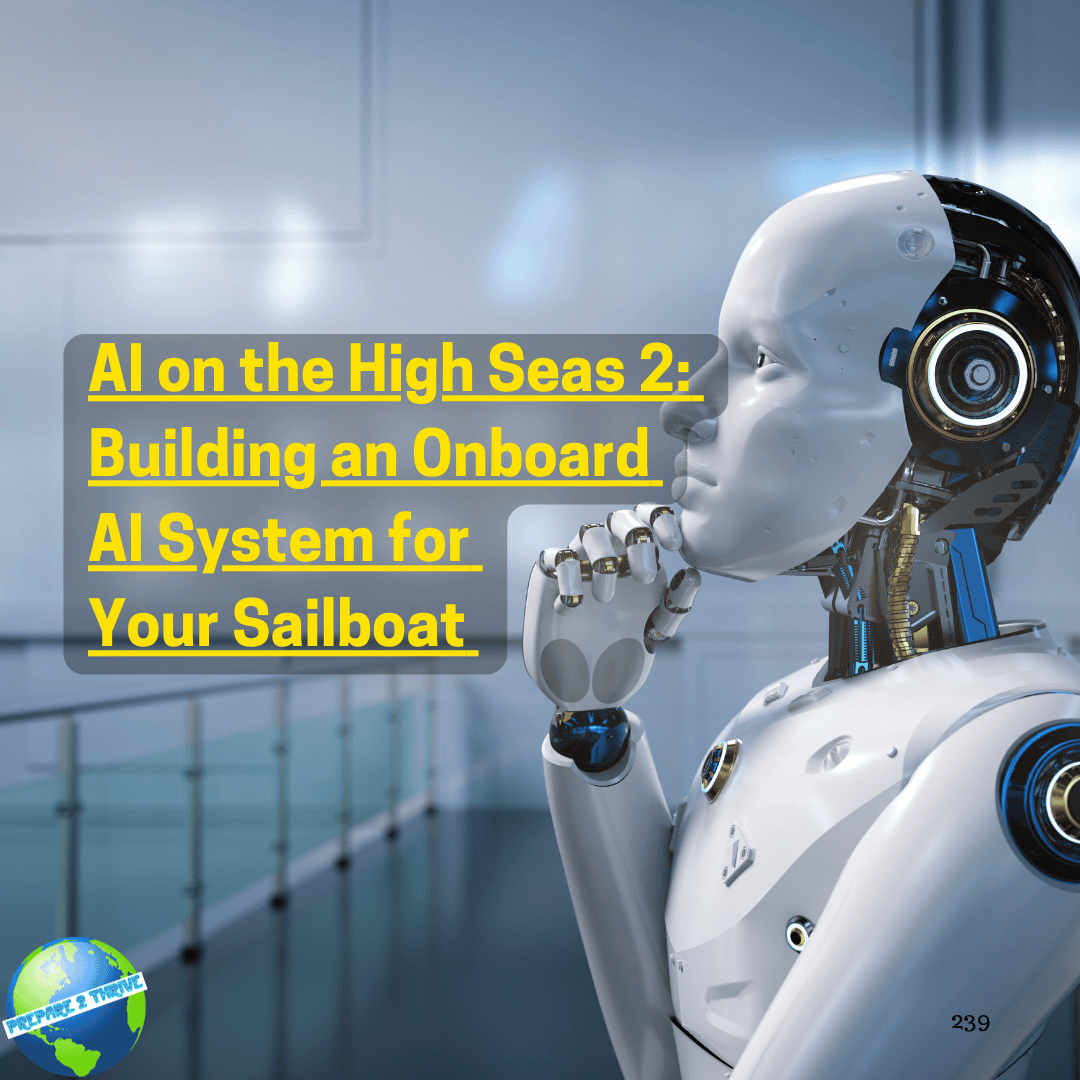
-

-
Discover the truth about catamarans and their safety for ocean crossings. Our expert team at Prepare2Thrive provides valuable insights and tips to help you make an informed decision. Explore our comprehensive guide today!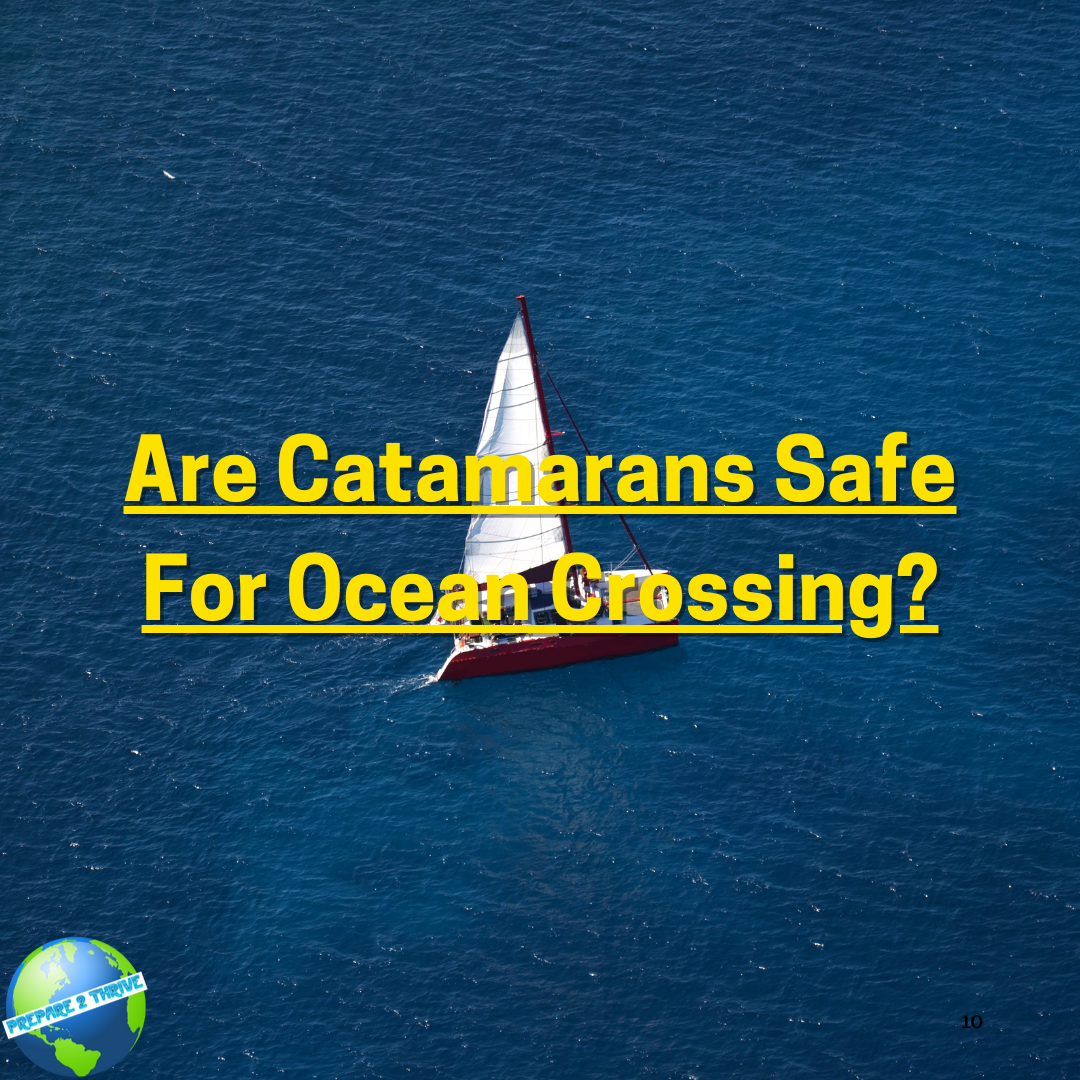
-
Discover how to prevent human errors while sailing with our comprehensive boat checklist guide. Learn from airline pilots and sail like a pro with Prepare2Thrive.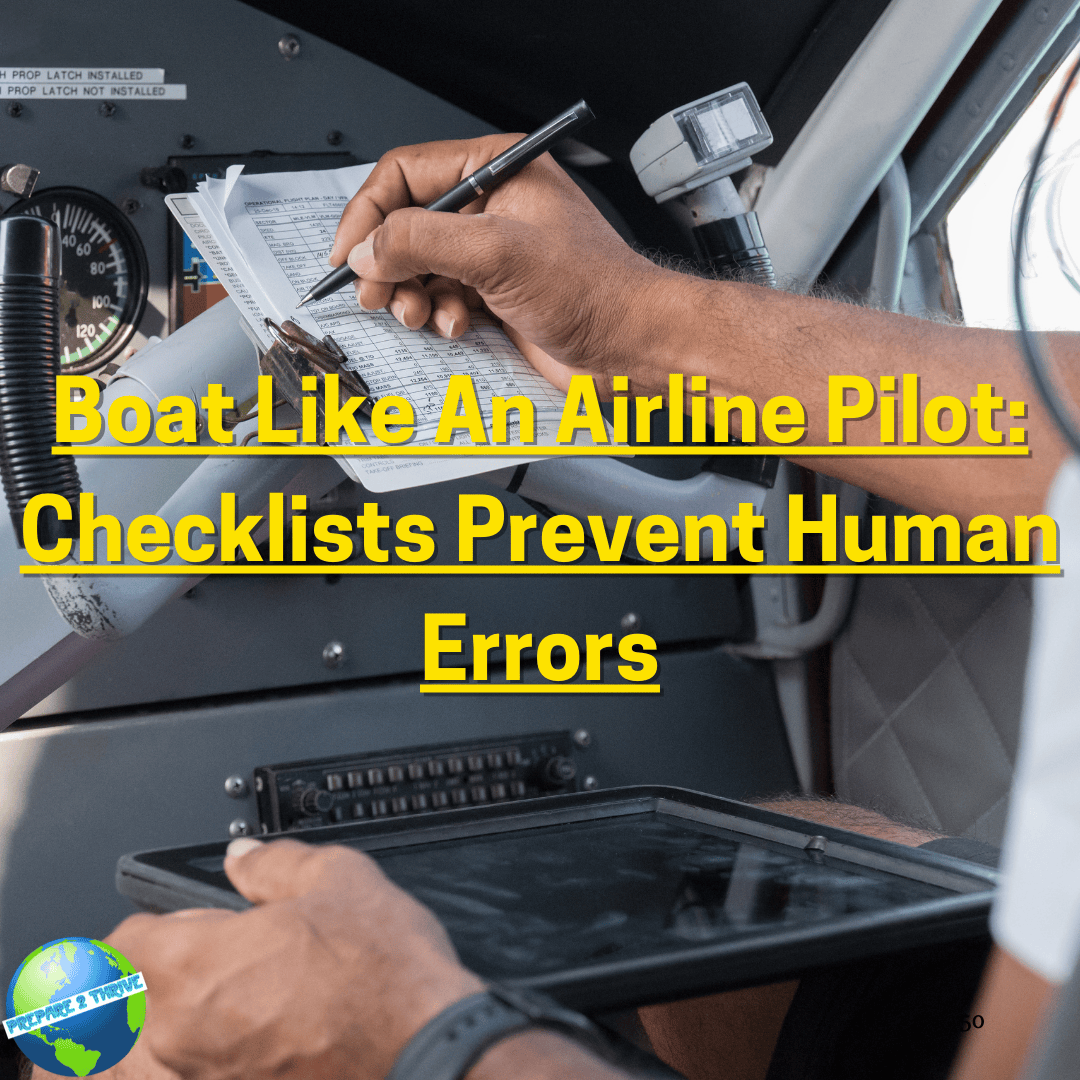
-
Discover the latest insights and news on border security with Prepare2Thrive. From the good to the bad and the ugly, stay informed and prepared with our expert analysis and advice.
-
Learn how to build your own bug-out sailboat with this comprehensive DIY guide. Discover the benefits and challenges of building a customized vessel that fits your needs and preferences.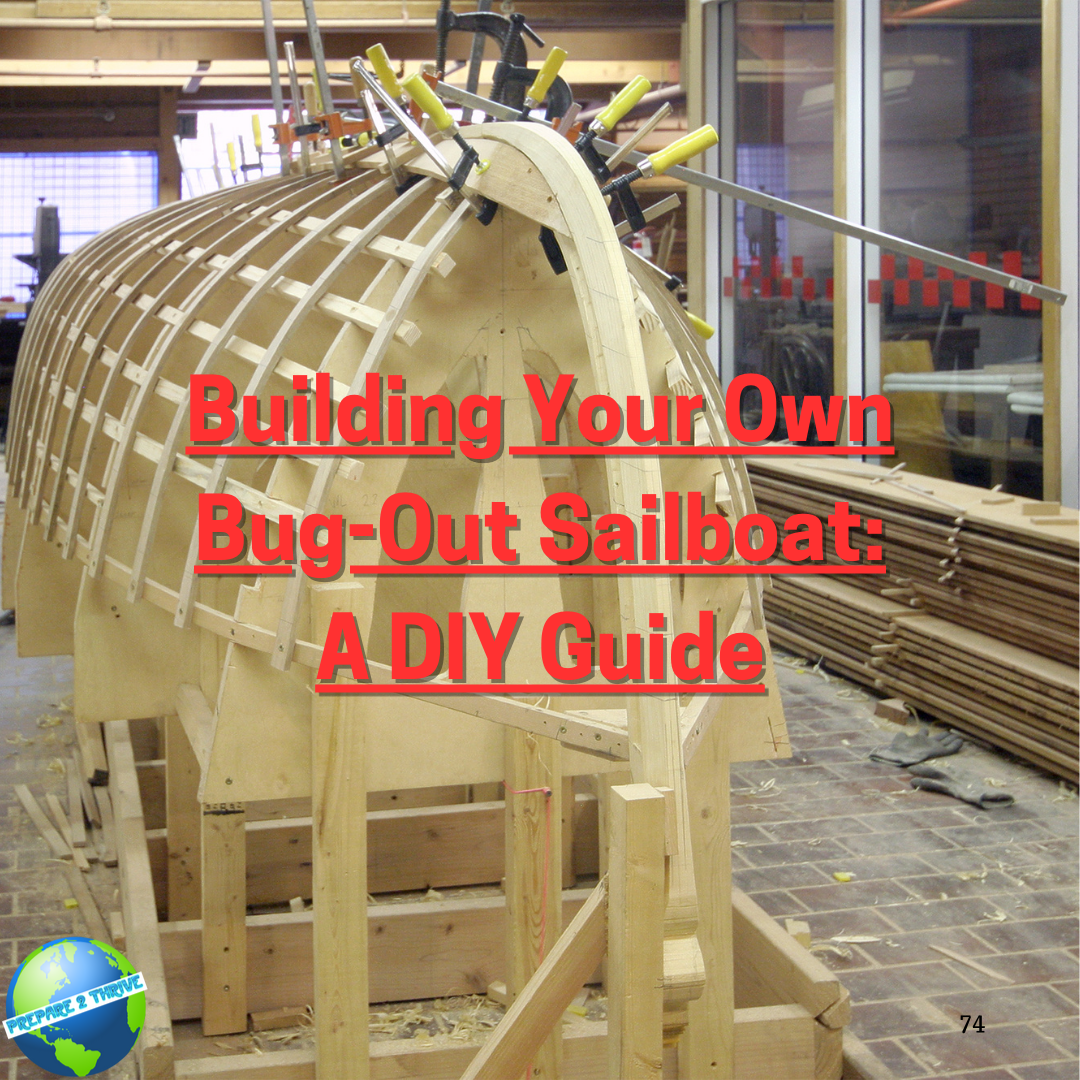
-
Discover essential signs to look out for when sailing through or away from disaster zones. Learn how economic instability, political turmoil, and social unrest can signal impending crises. Get strategic navigation tips to ensure your safety on a sailboat during emergencies.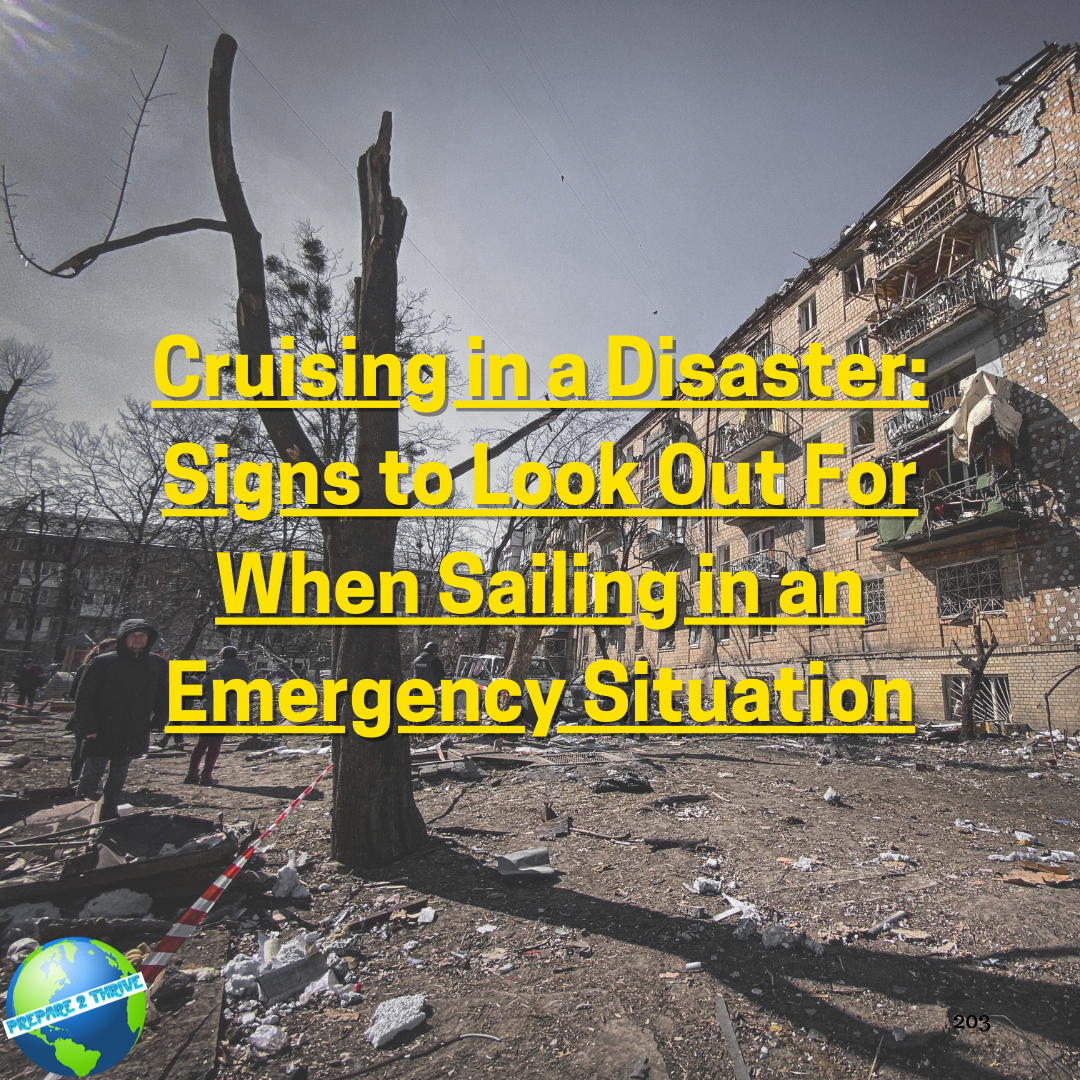
-
Find the perfect food storage solution for your boat with essential tips for finding the right boat fridge, proper maintenance, and the best way to store food for long ocean crossings.
-
Seasickness is a common issue experienced by many when aboard a ship or on a boat. Learn what you can do to treat and prevent seasickness and how to battle its associated symptoms with natural remedies and other treatments.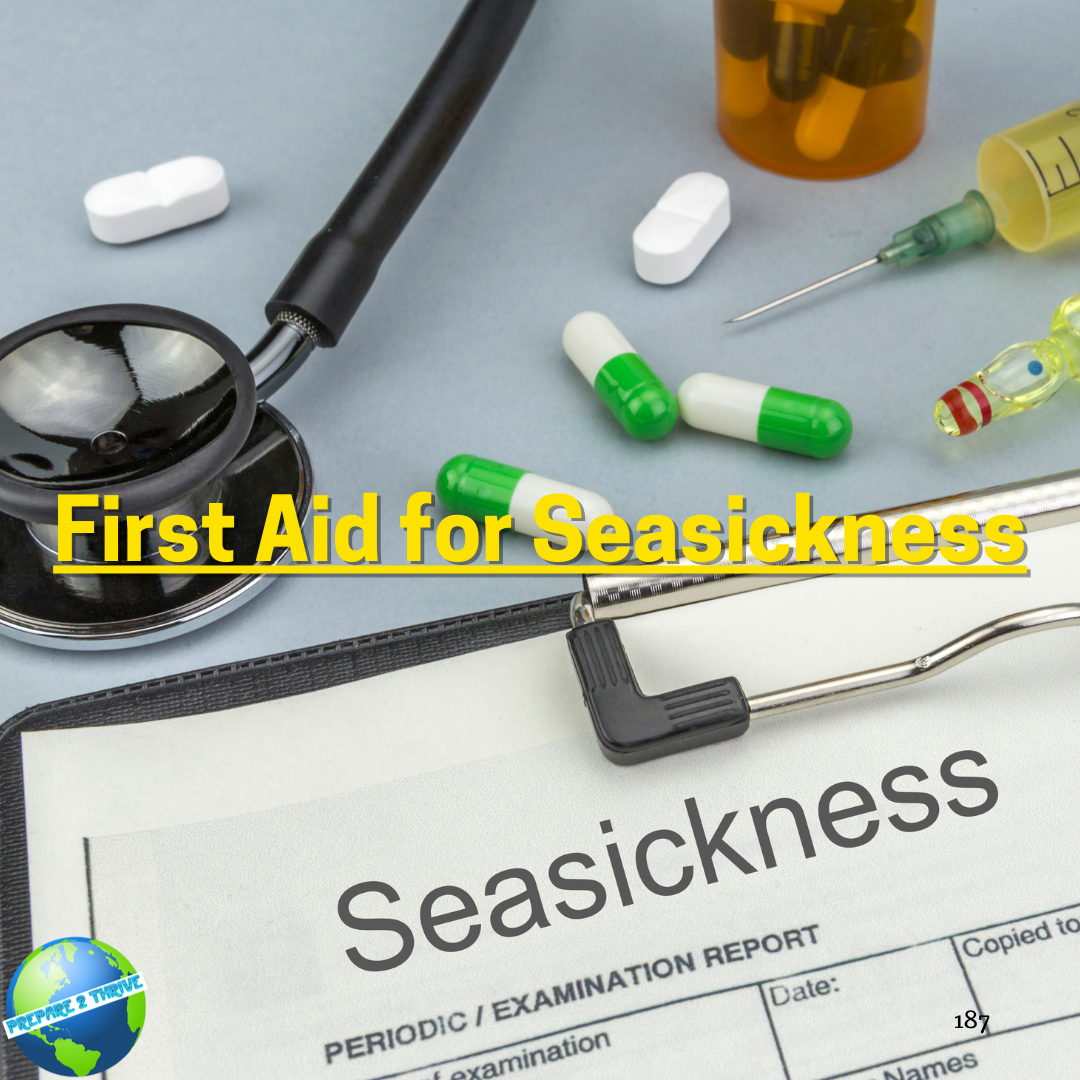
-
-
Learn how to choose the best bug-out sailboat for your needs with this comprehensive guide. Discover the factors to consider, the types of sailboats available, and how to outfit your boat for safety and comfort.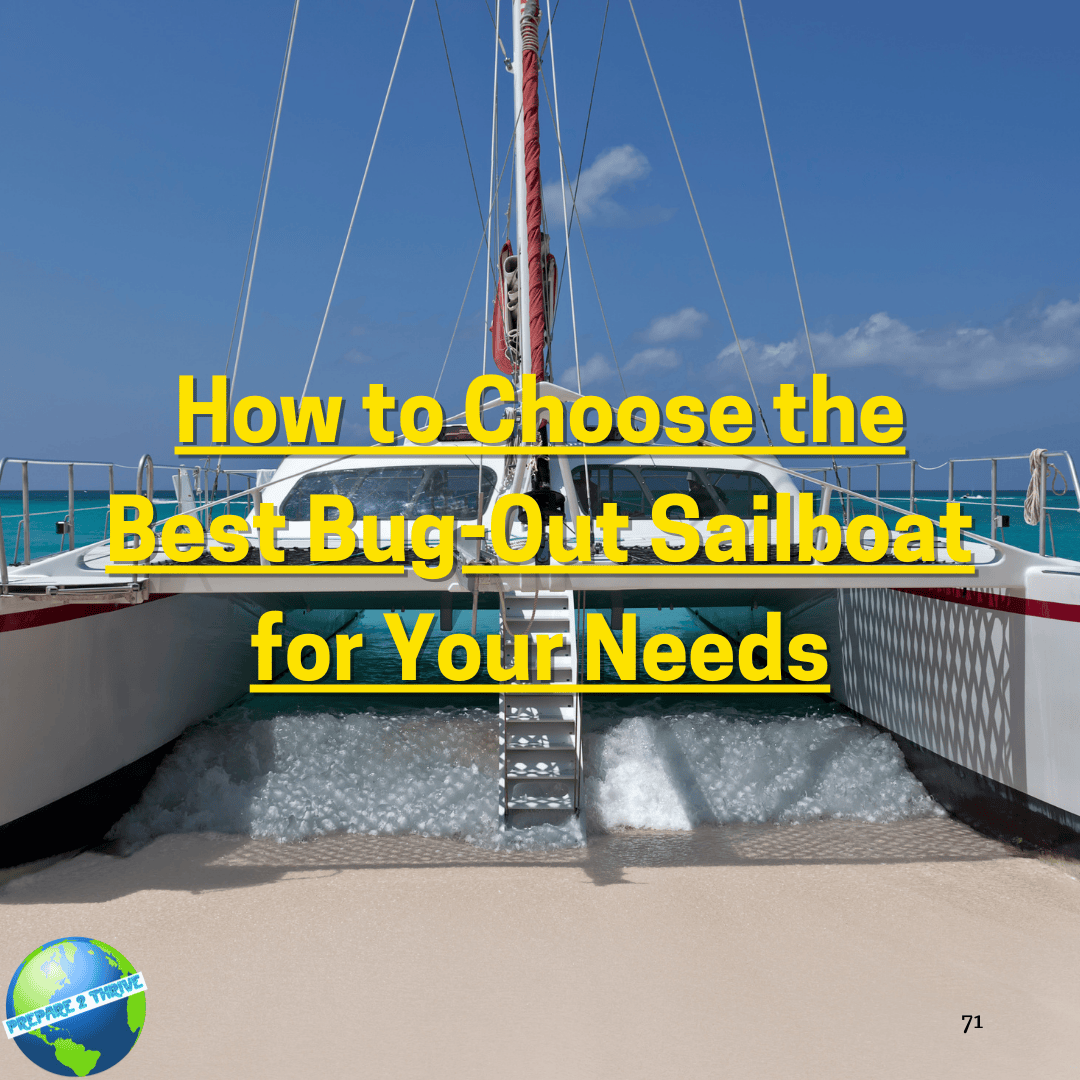
-
This article is a guide on how to create offshore and coastal navigation plans for your bug-out sailboat journey. Plan your bug-out sailboat journey with confidence! Our guide covers offshore and coastal navigation, helping you assess risks, regulations, and communication systems. Sail safely and successfully with our expert advice. #Sailing #Navigation #BugOut #Coastal #Offshore #SafetyAtSea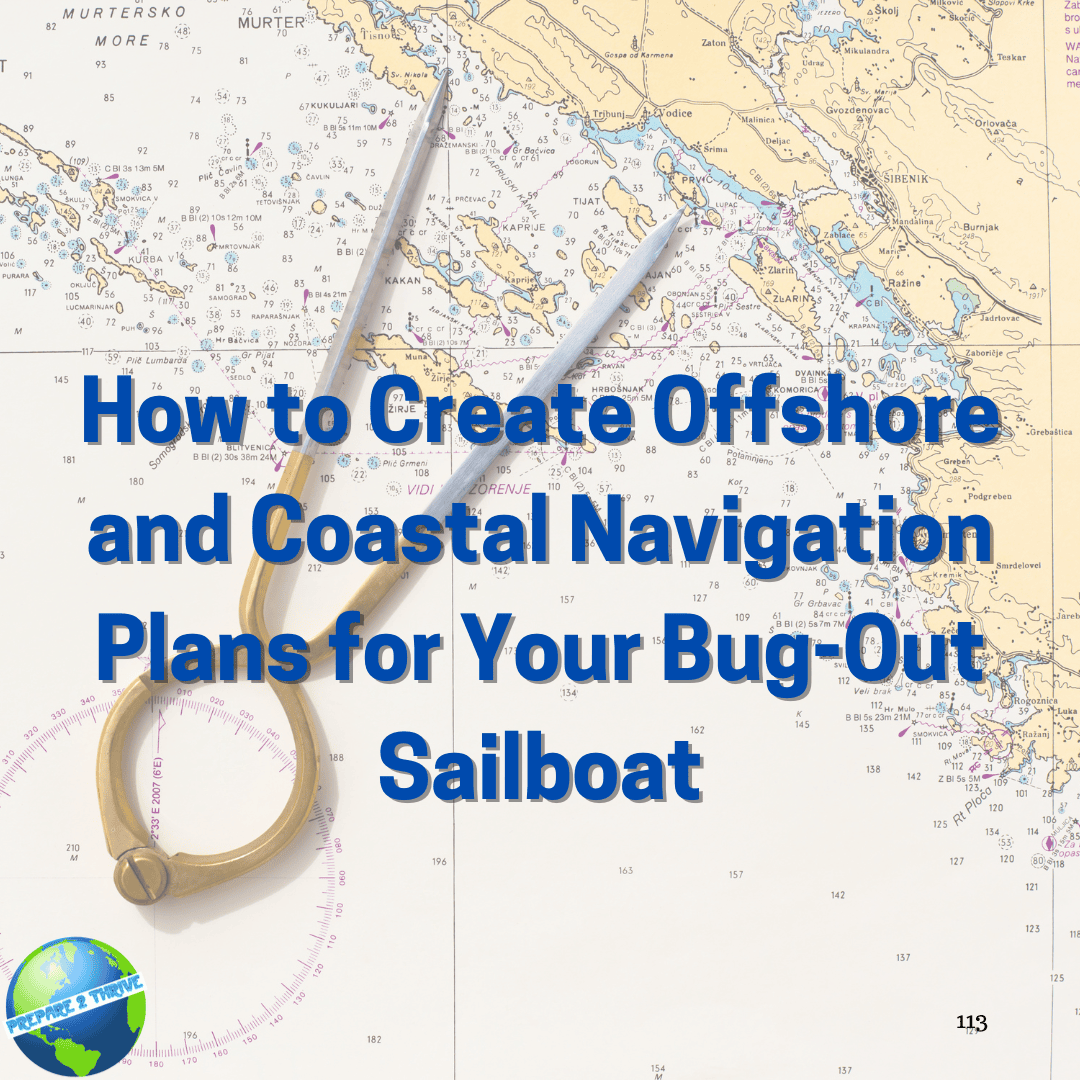
-
Discover how to effectively stockpile medications for long-term survival by leveraging the advantages of living on a sailboat and accessing foreign countries. Learn about assessing medication needs, choosing the right medications, ensuring proper storage, acquiring medications strategically, maintaining supplies, developing medical skills, and dealing with shortages and emergencies.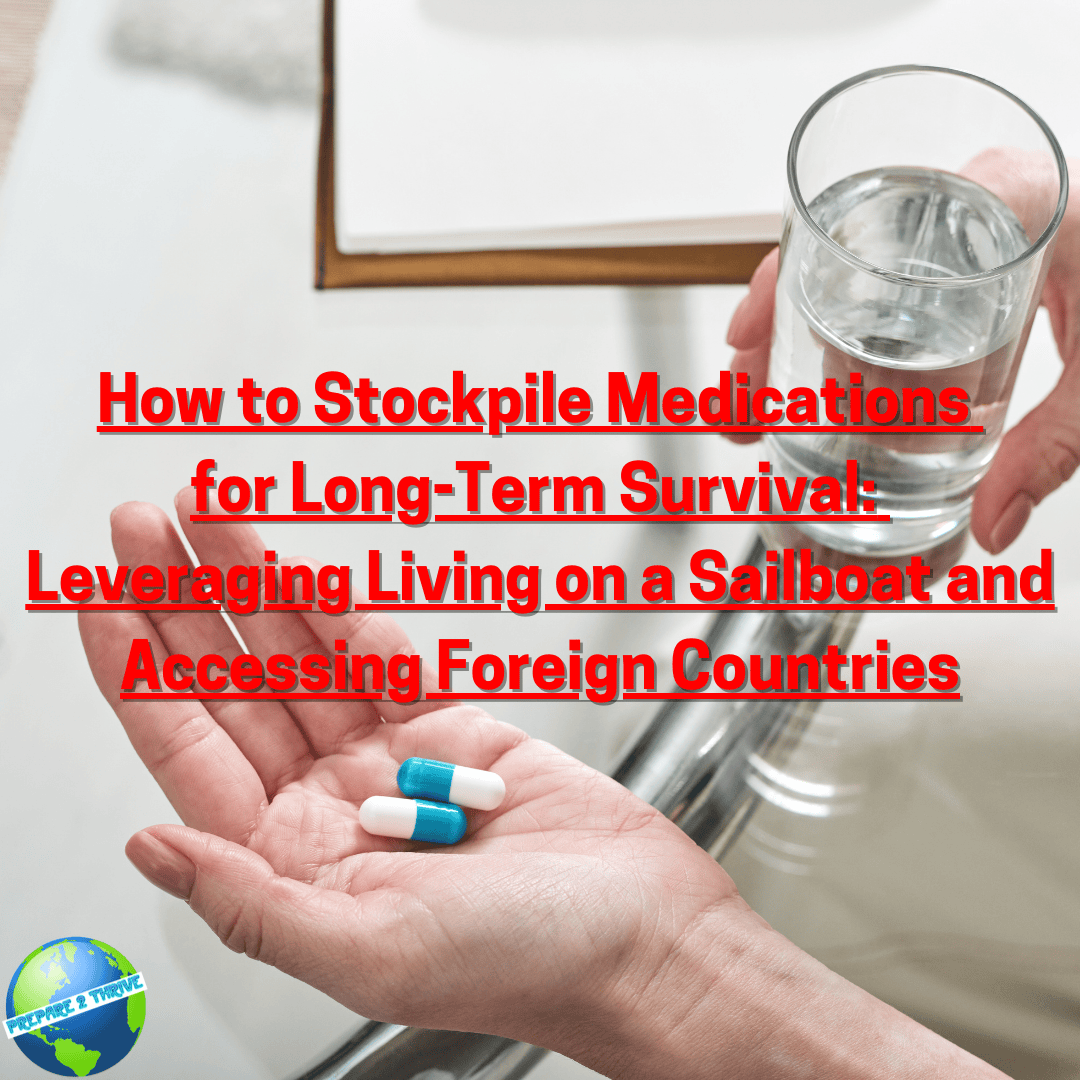
-
Learn about Livable Boats and the many considerations when living aboard. Explore videos, groups, and playlists from experienced liveaboards who can guide you i